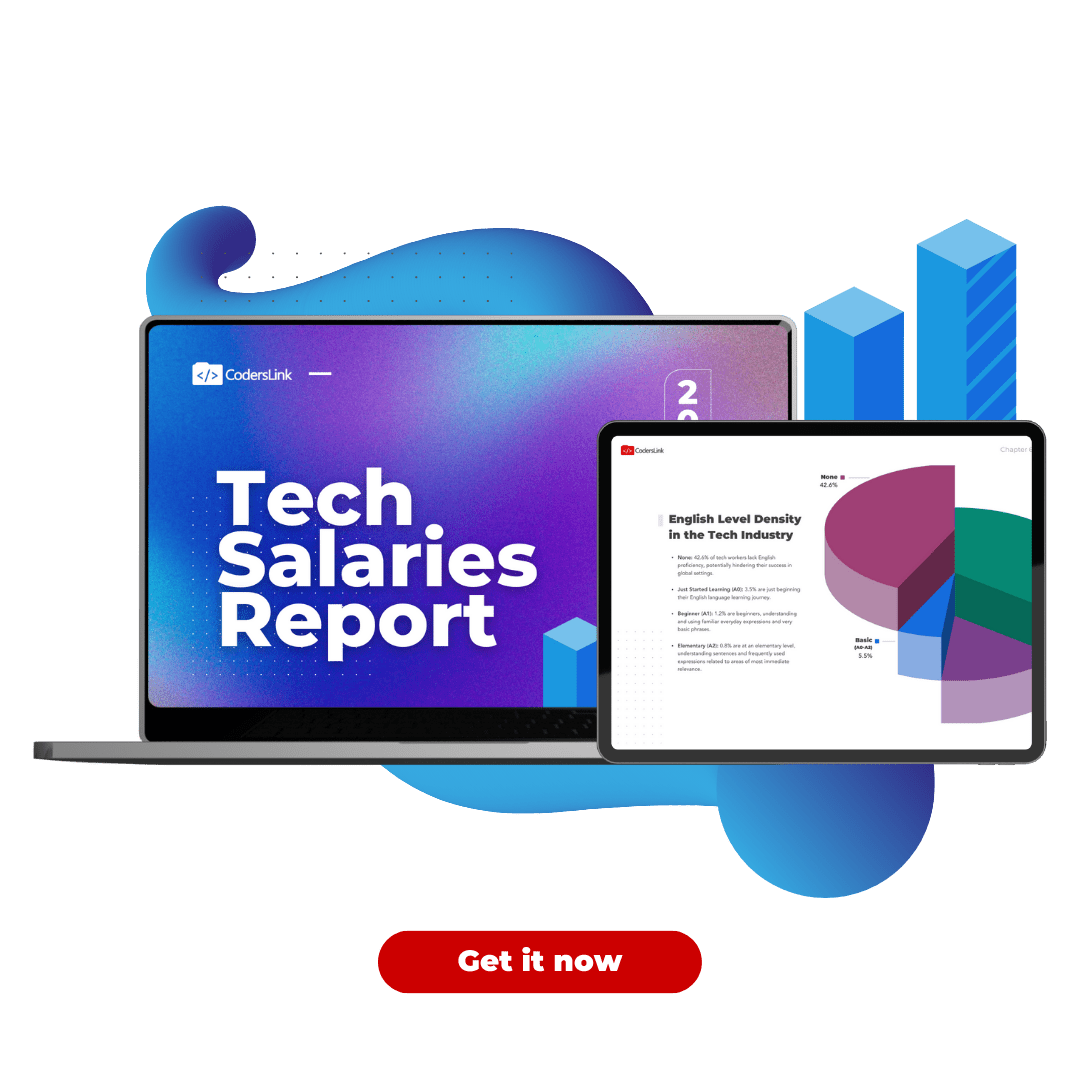
A full stack developer is a programmer who controls both front end (client) and back end (server) development of web applications, software, and websites. What exactly does the full stack developer do? How much to it cost to hire? And where can you find full-stack developers at a lower cost?
I’ll break it down into 5 segments:
- Role
- Responsibilities
- Skills
- Education
- Salary
The Role of the Full Stack Developer
Full-stack developers combine the skills of front-end developers and back-end programmers. They can work with databases and servers and assume tasks from system administrators or data scientists.
The full stack developer understands the connection between the user experience when using an interface (front-end) and what happens on the servers and data storage (back-end). They can work in all software development areas and are therefore in high demand in the job market.
Also, Full stack developers understand all the website’s technology and translate user requirements into the website architecture.
They are familiar with different programming languages and frameworks such as:
- Front end languages and frameworks: HTML, JavaScript, AngularJS, Bootstrap, NodeJS
- Back end languages and frameworks: PHP, Java, C #, C ++, Drupal, Python, Django
- Servers
- Databases
- Networking
- Cloud
- APIs
This profile is so complete that it is one of the most demanded in small and medium-sized companies that, especially in its initial stage, when they must optimize resources.
Full Stack Developer Responsibilities
The functions and responsibilities of a full stack developer are not one hundred percent precise. They work at all stages of development, from creation and development to production.
Frequently, a full stack developer supports project management and analyzes the requirements for the application of a program. As a result, they are often responsible for planning, scheduling, and testing the software.
This also includes troubleshooting systems, administration, or complex projects that can combine multiple programming languages, front-end, and back-end development.
In practice, they can also act as consultants to other developers and programmers and work with other departments requiring support and advice.
What are the duties of a full stack developer?
- Develop the interface website architecture
- Design the user interfaces and other front-end elements
- Develop back-end applications
- Build servers and databases for correct functionality
- Ensure operation of the application or site on mobile phones
- Ensure website speed and scalability
- Complex project management
- Advice to other departments
Skills and Experience
A successful full stack programmer is versatile and has good knowledge of programming and the different stages of software production. Also, it is essential for them to be curious about new trends to keep up with the latest technologies and understand what the industry standards are.
What skills are typically required for a full stack developer?
- Extensive programming knowledge, both front-end and back-end
- Mastery of fundamental front-end languages such as HTML, CSS, and JavaScript
- JavaScript frameworks experience – Angular.js, React, Amber, vue.js
- Mastery of server-side languages – Python, Ruby, Java, PHP, .NET
- Knowledge of database technology such as MySQL, Oracle, and/or Cassandra
- Experience with web APIs and RESTful APIs, and microservice architectures.
- Mastery of version control systems – Git and CI / CD
- Have worked with TFS, GIT, Jira, Confluence, SDLC, Agile, and Scrum
- Networking Experience – Subnets, Firewalls, etc.
- Personal responsibility, motivation, and teamwork
- Passion for continuous training and improvement
Education and Academic Degrees
There is no defined prerequisite to becoming a full stack developer. Many are self-taught and have learned by reading official documentation and resources available on the internet.
However, having a completed college degree will give the full stack developer a good solid foundation. The most common majors are computer engineering or systems engineering.
There are also boot camps and online courses that allow programmers to learn intensively what the market demands. That can also serve as a good basis for this professional profile.
Full Stack Developer Salary
The salary of an intermediate full stack developer is around $102,000 a year in the United States.
I’ve compiled all average salaries from the primary sources of salary information:
| Glassdoor | PayScale | Indeed | ||
| Full-Stack Developer | $105,720 | $99,000 | $91,745 | $109,464 |
A more experienced full stack developer who masters more languages can earn up to $140,000 per year.
Full Stack Developer Salary In Outsourced Locations
In Mexico, this profile ranges from a base salary between $28,800 and $64,000 USD per year, and in India, the average salary is around 54,000 USD a year.
In other popular recruiting destinations such as Ukraine and Poland, a full stack developer is paid on average $65,000 and $91,000 USD, respectively.
As always, remuneration always depends on professional experience, the industry in which the company operates, or the country where the full stack developer works.
CodersLink compiles yearly a comprehensive list of salaries for more than 30 different tech roles and compares them with 5 countries: United States, Mexico, India, Ukraine, and Poland. This salary guide will not only help you make a more informed decision about hiring your next full-stack developer or any other position but will also give you insights as to where you can hire them.


